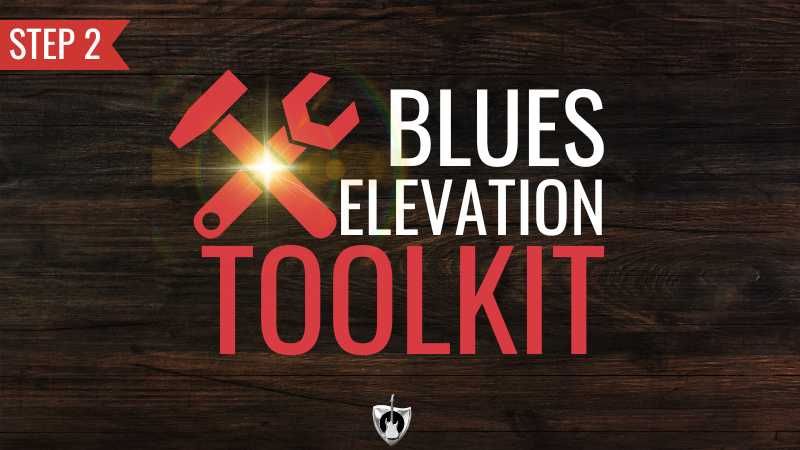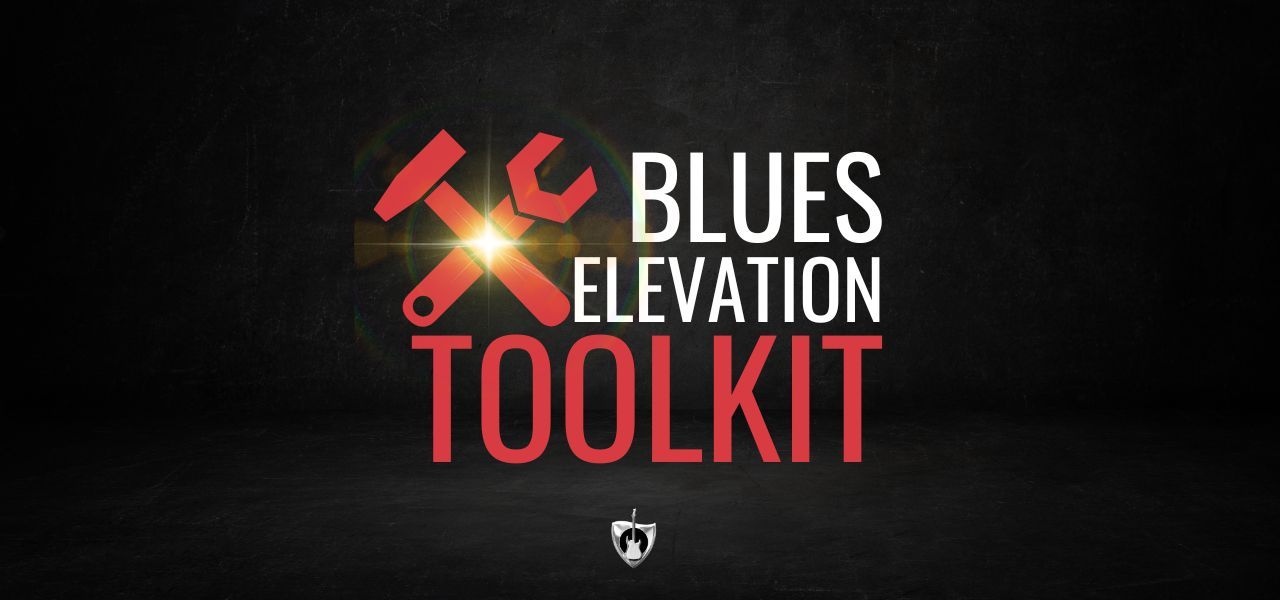Five Things You Need to Know to Play Legato Guitar

How do I play smooth flowing guitar?
Sometimes, you hear a certain player and think, “How do they play all of those notes so fast and so smooth? Picking that fast would be close to impossible.”
Well, some players can pick very fast, but picking all of those notes in such a short amount of time would sound… well… crowded.
There has got to be something else going on. Some way to get that smoothness between notes that regular picking just won’t give you. Enter… Legato.
Whether its a passage on classical guitar, or a lead on distorted shred guitar, the legato technique’s smooth, distinct sound is very pleasing.
But, it isn’t something that just happens when you start to play guitar. It takes a little work to be able to start using legato playing.
There are some things that you need to know and some things you need to work on before you can really start using it effectively.
I’m going to break down all of the different components of playing legato.
 If you are not familiar with any of these, I suggest spending some time isolating each of these components before you build up to putting them all together.
If you are not familiar with any of these, I suggest spending some time isolating each of these components before you build up to putting them all together.
Here are the five things you need to know to play legato guitar:
1. Hammer-ons
The Hammer-on happens when you bring a finger down on a fret with such force that is causes the note to sound (without picking). It usually happens after a picked note on the same string, but it doesn’t have to. You could hammer-on any note and make it sound.
Check out Eddie Van Halen’s Eruption. He even uses his right hand fingers to hammer-on notes on the fret board.
You can try hammer-ons with your pattern one pentatonic scale.
Let’s try the fifth fret of the D string.
- Pick that note that is played on the 5th fret with your first finger.
- Then, bring your 3rd finger down hard on the 7th fret and leave it there.
Do you hear that? Just let it ring for a while. That’s a hammer-on.
You picked once but played two notes! Very easy!
Make sure that when you hammer-on notes, where you bring your finger down on the string is positioned well. You want to shoot for the center of the tip of your finger.
- Not too close to your fingernail and
- not too close to the pad of your finger.
Try for right under where the top digit of your finger is. That will give you the strongest sound with the most sustain.
You can use hammer-ons anytime you want. They are just fine by themselves.
But, to get the most out of legato playing, you can combine the hammer-on with something called a pull-off to get the legato flowing sound.
2. Pull-offs
The Pull-off is when you take a note away to play a lower note, but you do it in a way that causes that next note to sound.
Instead of just lifting the finger strait up to get it out of the way of the next note, you pull it away across the fret-board. It’s almost like you are using the tip of the fretting finger to pick the next note. Let’s give this a try:
Using the notes from the last example:
- Lets pick the 3rd finger on the D string 7th fret.
- Let it ring for a second
- Instead of lifting it off, pull it down towards the floor.
- Move it off the D string towards the G string.
- Make sure that you have your 1st finger on the 5th fret so we have a note to go to.
- As you pull your finger away from the 7th fret, let the tip of your finger pluck the string.
- That plucking will cause the 5th fret to start ringing.
There it is: a pull-off. You picked one note and this time, by decending, you caused two notes to sound.
You can practice these together. This is called a trill.
A trill is when you go back and forth between notes using hammer-ons and pull-offs.
Let’s use the same two notes on the D string.
- Pick the note at the 5th fret.
- Then hammer-on the 7th fret,
- then pull off to the 5th, then hammer-on to the 7th,
- then pull-off to the 5th.
- Over and over as long as you would like or your hand can last.
Pretty cool right!
Stevie Ray Vaughan used trills a lot. Sometimes with the first note played as an open string. Then, all you would have to do is fret the higher note and hammer-on and pull-off one fretted note.
***One thing to mention is to pull off as lightly as possible to make the next note sound. If you pull-off too hard, it’s easy to make the note that you are pulling-off from out of tune. Experiment with how light to try the pull-off, while keeping the notes all in tune.
3. Sliding
The next component that you may find in legato technique is sliding. Once you get a good momentum with your hammer-ons and pull-offs, you can take advantage of that momentum by sliding into new positions on the guitar, without having to pick that new note.
There are fancy names for sliding between new notes. Glissando or Gliss and Portamento.
If you like arguments, take a look a few different pages on the difference between Glissando and Portamento. Some say that Glissando is a slide where you hear all of the chromatic notes in between and Portamento is where you don’t hear the steps, like a slide guitar. Other pages say the complete opposite. Still other pages say Glissando is general term for sliding between notes with Portamento being just one type of a Glissando. For us, since we are all playing fretted guitar, it doesn’t matter. We are going to call it sliding, and most likely, we will hear each step between the notes.
Sliding up and down a string is a great way to add more notes to the legato technique without having to pick a new string.
Let try this on the G string:
- Trill on the 5th and 7th frets and
- after one of the hammer-ons to the 7th fret, slide your 3rd finger up to the 9th fret and let it ring.
Do you see how the momentum of the hammer-ons and pull-offs kept the sound going even when you slid up to the 9th fret. You can even slide back into position for more hammer-ons and pull-offs
4. Bending
You can also incorporate bending strings into your legato playing.
Instead of sliding the 7th fret on the G string this time…
try bending that note by pushing the string across the neck.
This increases the tension of the string and raises the pitch of the note. Release it back down and continue with your hammer-ons and pull-offs.
It gives a different sound than sliding and may just be the sound that you are going for.
5. Thumb placement
The last thing you need to be aware of when playing legato is thumb placement. Because legato playing depends greatly on the strength of the left hand, where you place the thumb is super important. This is your support.
I find that when I use legato technique for pentatonic scales, my thumb gives the most support closer to the edge of the back of the neck. When I am playing full major, minor, modes etc.., which are usually 3 notes per string, my thumb gives the most support in the center of the back of the neck.
 Don’t be afraid to experiment with thumb placement. If you are having trouble playing legato in a certain position or scale, try moving your thumb around to see if you can get better support.
Don’t be afraid to experiment with thumb placement. If you are having trouble playing legato in a certain position or scale, try moving your thumb around to see if you can get better support.
Conclusion
 The combined use of Hammer-ons, Pull-offs, sliding, bending, and thumb placement is the key to getting a smooth flowing legato technique.
The combined use of Hammer-ons, Pull-offs, sliding, bending, and thumb placement is the key to getting a smooth flowing legato technique.
Start working and combining these techniques to put them into practice in your own licks and songs!
For more information on playing legato guitar, check out this episode from Play Guitar Podcast: https://www.playguitaracademy.com/blog/learning-legato-guitar-025
GET FREE WEEKLY GUITAR LESSONS, PODCASTS, AND MOTIVATION DELIVERED TO YOUR INBOX.
Your information is kept safe. It's never shared with third parties.




